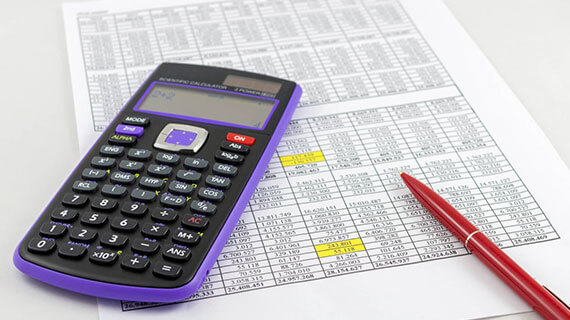Pricing Decisions
Pricing Strategy
(Section 1, Part 3)
Retail pricing is based on both quantitative and qualitative decisions and is both an art and science. In addition to understanding the retail price components and knowing how to utilize and manipulate those components in mathematical formulas, the retailer must also formulate effective pricing strategies and policies in order to establish the “right price” for each merchandise category. Strategic pricing procedures and guidelines with manageable action plans assure that the retailer not only meets the price expectations of the target consumer but also reaches the profitability goals of the store.
The pricing strategy of a retailer is usually formulated by management and is based on the company’s strategic plan as well as the company’s marketing objectives and overall profit goals. The pricing strategy includes the pricing policies or procedures and guidelines utilized by the retailer to price the store’s merchandise. The strategy also includes a plan and techniques for implementing those policy procedures plus guidelines for adjusting pricing when consumer demand or market conditions change.
We recommend printing off the course content reference guide to assist you in the How to Think Like a Buyer courses.
Retailing Terminology
Retailing is all the business activities involved in planning and procuring goods and services from vendors and pricing, positioning, presenting, packaging, promoting, and ultimately selling those goods to the target consumer.
Merchandising is all the business activities involved in planning, creating, distributing, and marketing merchandise assortments and classifications to the target consumer while reflecting the company image. There are different types of merchandising based on which link or level (i.e., fiber, textile, apparel/home furnishings companies, retail stores) in the supply chain the merchandising is housed.
Pricing Strategies
Pricing strategies and policies are impacted by external environmental factors as well as internal company factors such as the company’s objectives, resources, and management’s philosophy.
Some of the external factors that affect retail pricing include:
- Consumer, industry, and market trends
- Societal and cultural trends
- Economic trends (e.g., unemployment rates, interest rates, tax rates)
- Political happenings
- Legislative regulations
- Global sourcing trends
Pricing Types
Pricing strategies usually consist of different types of pricing models from which the retailer may choose in order to select the best strategy and type for its store image, product offering, or channel of distribution.
Additionally, it is also important to note that due to the stage of the merchandise in the Product Life Cycle (i.e., innovation, introduction, growth, maturity, and decline stages), not all product categories or classifications within the retailer’s merchandise mix will have an identical price structure or use the same pricing strategy or types. Thus, the stage where the merchandise is positioned within the Product Life Cycle plays a major role in determining the retailer’s pricing strategy.
Pricing Policies
There must be defined action plans or pricing policies for all pricing strategies and types. As defined previously, pricing policies are procedures and guidelines utilized by the retailer to price the store’s merchandise.
Some of those major procedures include:
- Product line pricing
- Zone pricing
- Discount pricing
- Promotional pricing
- “Other” such as psychological, geographical, and international pricing







